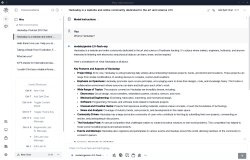Hackaday was at Chaos Communication Congress last week, and it’s one of those big hacker events that leaves you with so much to think about that I’m still processing it. Just for scope, the 38th CCC is a hacker event with about 15,000 attendees from all around Europe, and many from even further. If I were to characterize the crowd on a hardware-software affinity scale, I would say that it skews heavily toward the software side of the hacker spectrum.
What never ceases to amaze me is that there are a couple of zones that are centered on simple beginner soldering and other PCB art projects that are completely full 20 hours of the day. I always makes me wonder how it is possible to have this many hackers who haven’t picked up a soldering iron. Where do all these first-timers come from? I think I’m in a Hackaday bubble where not only does everyone solder at least three times a day, some of us do it with home-made reflow ovens or expensive microscopes.
But what this also means is that there’s tremendous reach for interesting, inviting, and otherwise cool beginner hardware projects. Hands-on learning is incredibly addictive, and the audience for beginner projects is probably ten times larger than that for intermediate or advanced builds. Having watched my own son putting together one of these kits, I understand the impact they can have personally, but it’s worth noting that the guy next to him was certainly in his mid-30s, and the girl across the way was even a few years younger than my son.
So let’s see some cool beginner projects! We’d love to feature more projects that could lure future hackers to the solder-smoky side.


















